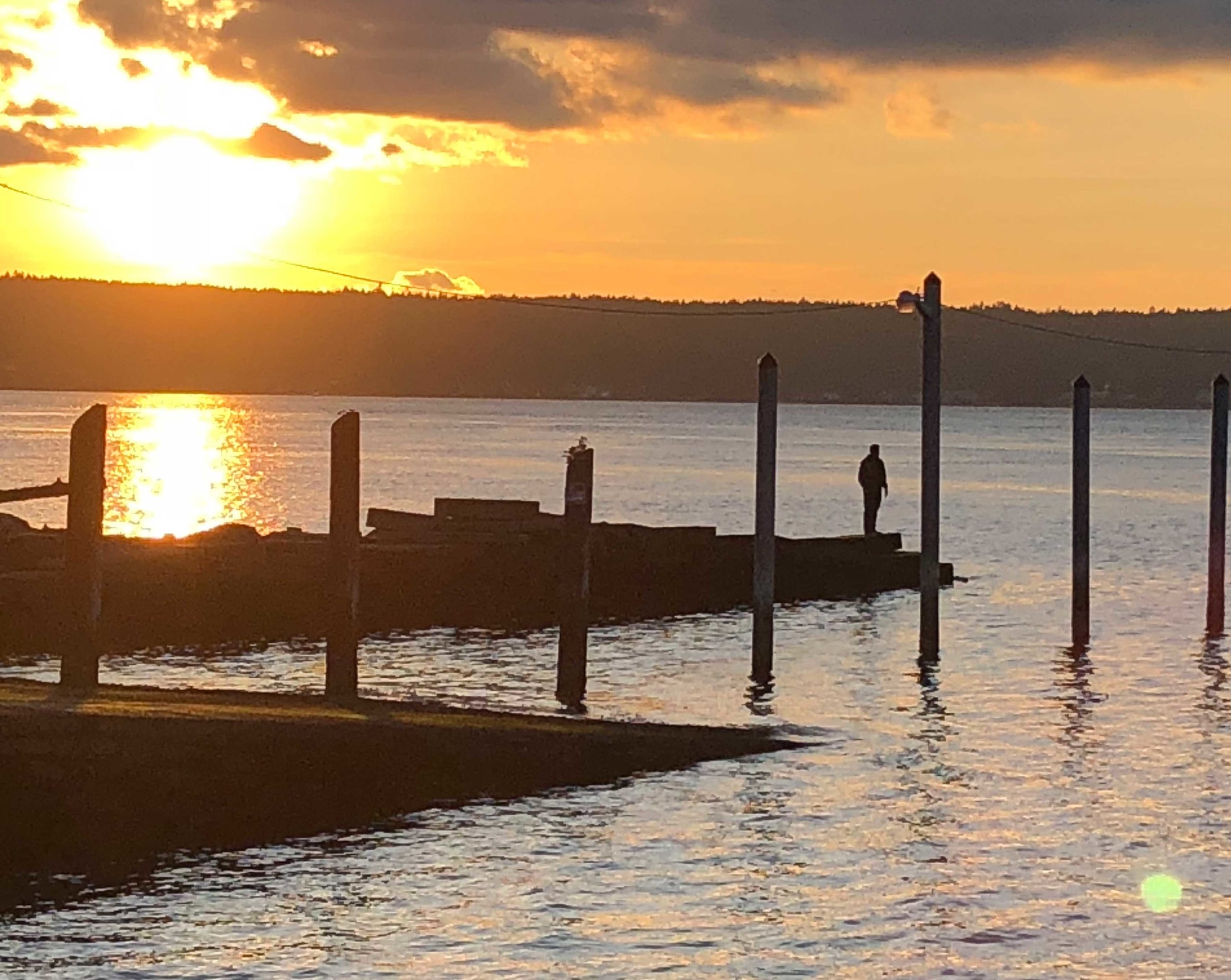OLYMPIA – Aug. 12, 2019 – The Washington State Parks Boating Program is urging stand up paddleboarders to be safe on the water by always wearing a life jacket and leash.
According to Washington state recreational boating accident data, six stand up paddleboard fatalities have occurred in the last 29 years — four of those have been in the last 30 days.
“The fact that we’ve had four back-to-back fatalities is alarming,” said Rob Sendak, State Parks Boating Law Administrator. “Stand up paddleboarding is typically a safe and enjoyable activity, but it comes with risks, and people underestimate those risks by not wearing a life jacket and leash.”
Federal and Washington state laws require everyone 13 years of age or older to carry a U.S. Coast Guard-approved life jacket. It must be in good condition and the right size and type for the person wearing it. Children 12 years of age or younger must wear their life jacket at all times while on board. Inflatable life jackets are authorized only for people 16 years of age and older. In addition, federal and state law requires stand up paddleboarders to carry the following:
Sounding device (horn, whistle or bell)
White all-around navigation light during low visibility, such as dusk to dawn, fog or heavy rain
Nighttime visual distress signals (such as flares) but only on federal waterways


According to boating safety experts, the laws are minimal and do not maximize the chance of survival in an accident — such as falling overboard into cold water, which is a common occurrence on stand up paddleboards.
“The losses experienced this year are tragic, and I hope people take our safety recommendations seriously to prevent accidents,” said Sendak. “The best advice I can offer is to always wear a life jacket and a leash when you go out on a stand up paddleboard. Your life depends on it.”
Marine law enforcement will conduct safety emphasis patrols over Labor Day weekend — specifically targeting stand up paddleboarders to educate them about laws and safe practices.
The State Parks Boating Program recommends the following to stand up paddleboarders for maximum safety:
Always wear a life jacket
Stand up paddleboarders should wear a life jacket every time they go out on the water. Modern, comfortable life jackets are tailored specifically for paddlesports. An inflatable life jacket, or belt pouch, must be properly armed with an unused gas cylinder, always to be checked before heading out. Free standard life jackets are available to borrow at many water access sites. Learn more: www.lifejacketloaner.org.
Always wear a leash
A leash is a necessity. Without a leash, even in a light breeze or small waves or current, a paddleboard can drift out of reach in a matter of seconds. Staying tethered to a paddleboard provides extra flotation and a chance to stay alive in an accident. A variety of leashes are available (coiled, hybrid, straight, quick release), and which one to use depends on the waterway. Stand up paddleboarders need to research which is right for them.
Get educated
Knowing about paddling safety leads to a more enjoyable experience. Numerous classes are available through local clubs and outfitters, city and county parks and recreation departments, and online.
Carry essential gear
Essential safety gear includes a whistle or other sound-producing device, which is required by law. In addition, people should carry some form of communication device such as a cell phone (in a waterproof bag) or VHF marine radio (while on coastal waters). Other essentials depend on the type of waterway and length of trip.
Avoid alcohol and drugs
Operating any vessel — including stand up paddleboards — while under the influence of alcohol, drugs or marijuana, is not only unsafe, it’s illegal.
Check and understand the weather
Stand up paddleboarders should check the weather frequently before and during their trip, keeping an eye on current conditions and forecasts. Wind is a crucial factor that may lead to falling overboard, capsizing or swamping. Paddlers should check warnings, weather conditions, wind and wave forecasts, tides and current conditions or river flows — and understand when conditions are beyond their capabilities. Experts recommend going out against the tide or current and paddling back with them to prevent getting over exhausted and stuck.
Protect against cold-water shock
Many of Washington’s waters remain below 60 degrees all year — including lakes and rivers — even during hot weather. The biggest risk for drowning is not hypothermia, it’s cold-water shock, which occurs in the first stage of falling overboard. In addition to a life jacket, professionals recommend wearing synthetic materials when a dry or wet suit isn’t available. And they should avoid wearing cotton.
Be visible to other boaters
Paddlecraft sit low on the water, so it can be hard for other boaters to see them. Stand up paddleboarders should wear bright neon colors, put highly reflective tape on paddles and carry a bright light.
File a float plan
Before going out on the water, even for a brief time, people should always tell a trusted friend or relative their plan. Include names of everyone going, the route, what time they’re going and returning, and what to do if they don’t return when expected.
Learn more about paddlesport safety by visiting www.paddlesafewa.org.
– Washington State Parks








